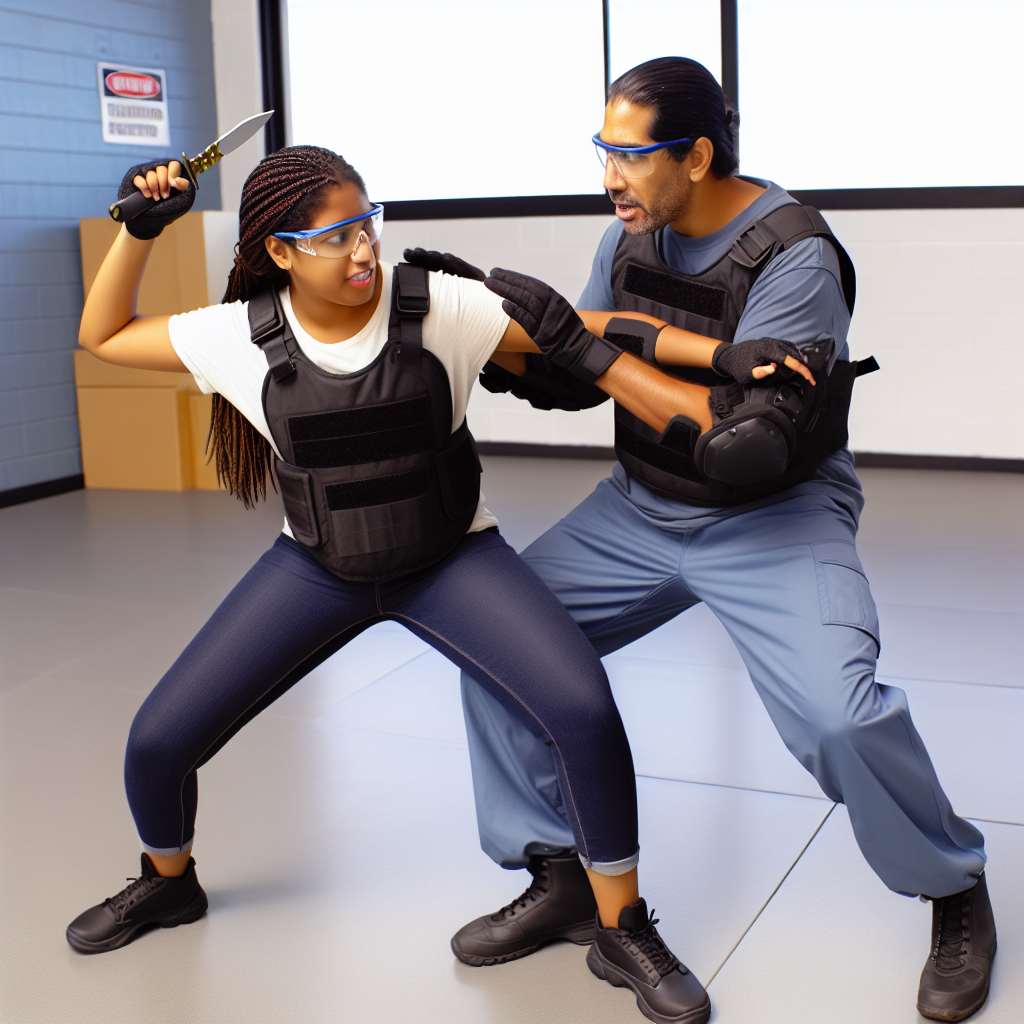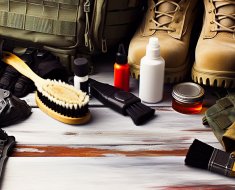How to Train for Tactical Knife Defense

In an unpredictable world, self-defense skills are increasingly important, and one of the most critical yet often overlooked aspects is tactical knife defense. Whether you are a civilian seeking personal safety or a professional in law enforcement or military, knowing how to defend against a knife attack can save your life. This article delves deep into effective strategies and training methods to prepare for such encounters, blending practical techniques with psychological readiness.
Understanding the Nature of Knife Attacks
Before diving into training methodologies, it’s essential to understand the nature of knife attacks and why they pose a unique threat. Unlike blunt force weapons, knives are designed for close-range attacks that can cause severe injury quickly. The attacker’s intent often involves slashing, stabbing, or thrusting motions aimed at vital areas.
According to the FBI’s Uniform Crime Reporting (UCR) Program, knife or cutting instruments were involved in approximately 14% of all violent crimes involving weapons in the United States in recent years. This statistic highlights the prevalence of knife-related incidents and underscores the importance of preparedness.
Knife attacks are characterized by:
- Close proximity: The attacker must be within arm’s reach, increasing the risk but also providing an opportunity for defensive measures.
- Speed and unpredictability: Knife strikes happen rapidly with little warning, making reaction time critical.
- Lethality: A single successful stab can cause fatal injuries.
Recognizing these factors helps tailor your training to realistic scenarios and prepares you mentally for the rapid decision-making required in such confrontations.
The Psychological Component: Mental Preparedness for Knife Defense
Tactical knife defense isn’t just about physical skill; mental preparedness plays a pivotal role. In high-stress situations, such as facing an armed attacker, adrenaline surges can impair judgment and motor skills.
Experts suggest that mental conditioning should be integrated into physical training. Here’s how to develop psychological resilience:
- Situational Awareness: Constantly scanning your environment helps detect threats early. Being aware reduces surprise attacks and allows better positioning.
- Controlled Breathing Techniques: Practicing breathing exercises under stress improves focus and reduces panic during encounters.
- Mental Rehearsal: Visualizing potential attack scenarios and your responses prepares your mind for action.
- Stress Inoculation Training (SIT): Gradual exposure to stressful simulations trains you to maintain composure under pressure.
A case study from the Journal of Applied Psychology (2018) found that individuals who underwent stress inoculation training performed 30% better in simulated violent confrontations than those without such preparation. This highlights that mental readiness directly correlates with physical effectiveness in knife defense situations.
Fundamental Physical Techniques for Tactical Knife Defense
The core of tactical knife defense is mastering practical techniques designed to neutralize the threat quickly while minimizing harm. Training should emphasize speed, precision, and efficient use of leverage rather than brute strength.
The following foundational techniques form the bedrock of effective defense:
- Proper Stance and Footwork: Maintaining balance and mobility allows quick evasion or counter-attack. A slightly staggered stance with knees bent provides stability.
- Distance Management: Controlling distance is crucial—too close increases vulnerability; too far limits countermeasures. Use footwork to keep optimal spacing.
- Blade Awareness: Always track the attacker’s weapon hand visually. Understanding blade angles helps anticipate strikes.
- Evasion Techniques: Includes slipping strikes by moving off the line of attack rather than blocking directly, which reduces risk of injury.
- Disarms and Controls: Learning joint locks or wrist grabs to control or disarm an opponent can end encounters swiftly when executed properly.
- Counters Using Everyday Objects: Utilizing keys, pens, belts, or even jackets as improvised defensive tools adds versatility when unarmed.
A practical example is the “deflect and counter” method taught in many Krav Maga schools where trainees learn to parry slashes with forearms while simultaneously delivering strikes to vulnerable points like eyes or throat. These combined actions disrupt the attacker’s rhythm and create openings for escape or further control.
Tactical Training Methods: How to Practice Effectively
Tactical knife defense requires disciplined training routines tailored to real-world conditions. Below are key approaches recommended by professionals:
Sparring with Protective Gear
Sparring against a partner wielding a training knife (rubber or dull blade) under supervision develops reflexes and timing. Protective gear minimizes injury risks while allowing realistic movement patterns. Start slow then increase intensity gradually as skills improve.
Synthetic Scenario Drills
Mimicking real-life scenarios—such as defending in confined spaces like hallways or cars—helps build situational adaptability. Trainers often incorporate verbal commands or distractions during drills to simulate chaos encountered during actual attacks.
Plyometric Conditioning
Tactical defense demands explosive power and endurance. Plyometric exercises like jump squats, burpees, and lateral bounds enhance muscular explosiveness






